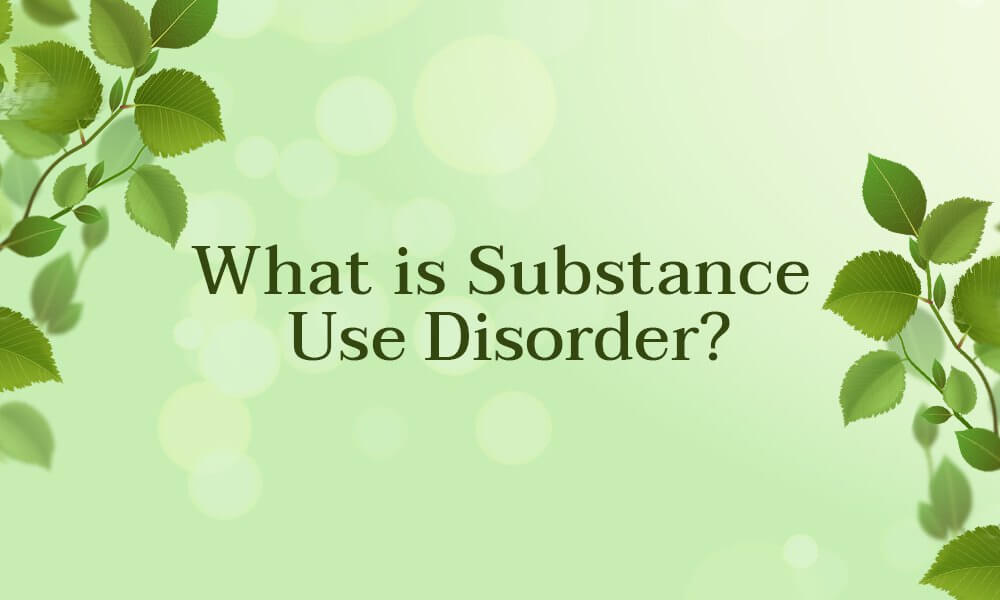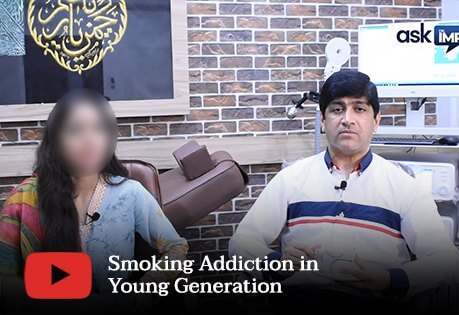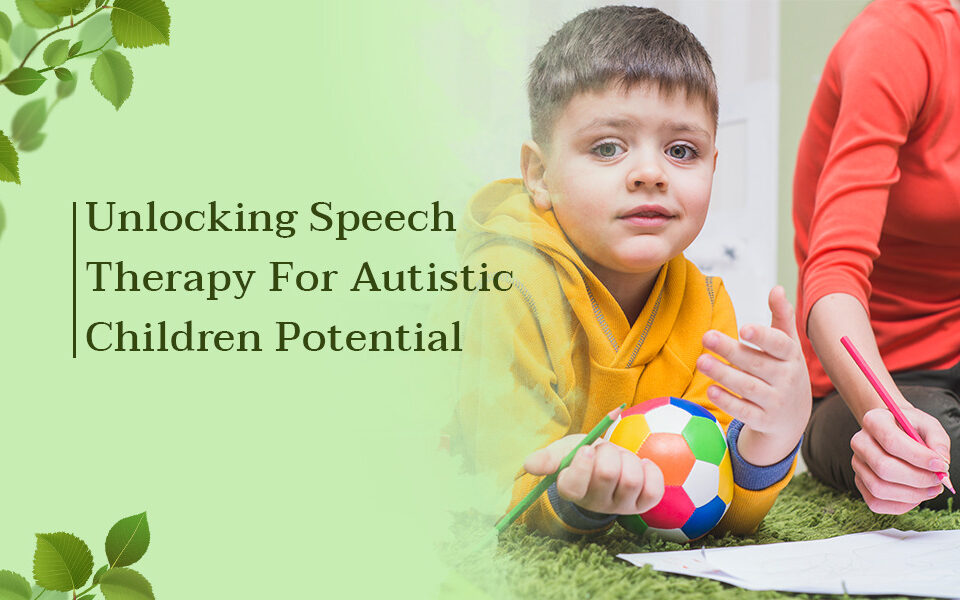- Jofa Tower 5th floor, SB-23, Block 13 C, Main University Rd, Gulshan-e-Iqbal, Karachi.
- +92 322 3746726
- tis@transformation.com.pk
What is Substance Use Disorder?

What is the difference between Psychotherapy and Counseling?
May 24, 2023
What is Career Counseling?
May 24, 2023What is Substance Use Disorder?
Substance Use Disorder, more commonly known as addiction, is a chronic medical condition that constitutes excessive use of or reliance on any substance (drugs, alcohol, medications, etc) to the point where it starts affecting one’s thoughts and behaviors. Ultimately, the dependence on these substances becomes so severe that the individual is unable to control the use of these substances. Substance Use Disorder occurs when there is a continuous pattern of abusing alcohol and drugs addiction. According to the Diagnostic Statistical Manual for Mental Health Disorders, 5th Edition (DSM – 5), excessive use of drugs and alcohol to avoid emotional or physical pain is defined as Substance Use Disorder. It also distinguishes between 10 different classes of drugs: alcohol; caffeine; cannabis; hallucinogens; inhalants; opioids; sedatives, hypnotics, or anxiolytics; stimulants; tobacco; and other/unknown substances.
Most commonly, young adults between the ages of 18 – 25 are more vulnerable to substance use disorder because of peer pressure, stress, or simply because everybody around them is doing it.
What are the most commonly abused substances?
In conversations surrounding substance abuse, people generally refer to illegal drugs because they are highly addictive and harmful. These drugs can severely alter mood, distort judgment and decision-making, and put the individual at high risk of harming themselves and others.
These drugs include:
- Marijuana
- Metham
- phetamine
- Cocaine
- Ecstasy
- Heroin
Over the last few decades, the misuse of prescription medication has increased substantially. People prescribed pain relief and sleep medications often start depending on them, leading to addiction. These include:
- Amphetamines
- Barbiturates
- Benzodiazepines
- Codeine
- Morphine
- Oxycodone
- Sleep medications
Other commonly abused substances, which are legal, and in most places acceptable and widely available, yet can be very harmful, are:
- Alcohol
- Nicotine
- Caffeine
What are the symptoms of Substance Use Disorder?
- Continuous and excessive usage of a substance over an extended period.
- Persistent desire to control usage of a drug yet unable to do so.
- Spending time & resources to acquire, use, or recover from the effects of drug.
- Intense desire or cravings for the substance used.
- Engaging in risky activities.
- Impaired social relationships.
- Withdrawal symptoms.
- Development of tolerance for the particular drug.
What are the potential factors that can trigger substance use?
- A family history of addiction.
- Mental health conditions – anxiety or depression, etc.
- Environmental factors – unemployment, grief, trauma, etc.
- Easy access to substances.
- Physical injury/accidents.
- Childhood abuse/neglect.
- Peer pressure.
- Lack of parental supervision.
What are the treatment programs for Substance Use Disorder?
It can be very challenging for an individual to seek help for drug addiction. That is why various treatment programs cater to specific recovery goals and needs. Detoxification is the first step in a treatment program that eliminates drugs and alcohol from the body. Then, there are inpatient and outpatient treatment programs.
Inpatient treatment is more intensive, requiring patients to stay in a treatment facility under the supervision of medical/psychological professionals and be provided with treatment.
Outpatient treatment varies in intensity depending on the patient’s needs. The patient does not have to live in a facility. They can receive therapy while staying at home.
What are the responsibilities of a Substance Abuse Counselor?
A substance abuse counselor is trained to evaluate and alleviate the severity of addiction, along with recommended treatments and recovery plans, collaborating with patients to create specific recovery goals, and helping in the development of skills that can help patients in the long run. Substance abuse counselors also include families of patients in the recovery plan, helping them understand addiction and its impact on their loved ones and how they can help and take care of them. Counselor needs to form a relationship with their clients based on mutual respect and trust, as most patients are resistant to treatment, having been referred to therapy against their will. They are also very vulnerable, feeling ashamed and guilty, as there is still a stigma around addiction. Therefore, a substance abuse counselor should display empathy by understanding the triggering factors behind their clients’ addiction and work together with them in a collaborative manner through the recovery process.
What are the common types of therapies used in the treatment of Substance Use Disorder?
Several therapies are used, along with medications, to change dysfunctional and addictive thoughts, attitudes, and behaviors. Some of these are:
• Cognitive Behavioral Therapy (CBT): This form of therapy can be very effective in treating addiction, as it helps in identifying dysfunctional thoughts and behaviors that perpetuate addiction. It helps individuals to develop healthy coping skills to prevent relapse.
• Motivational Enhancement Therapy (MET): A short-term therapy program that helps clients seek help and change addictive patterns of behavior by becoming internally motivated. However, it does not work as effectively on people who use multiple drugs.
• Contingency Management (CM): This form of therapy uses positive reinforcement (rewards and incentives) to change addictive behaviors. Although it was found to be effective during treatment, mixed evidence was found on its effectiveness post-treatment. However, research suggests it can be effective long term if it’s paired with other forms of therapy such as CBT.
• Eye Movement Desensitization and Reprocessing (EMDR): This treatment technique examines rapid eye movement while patients talk about traumatic memories. It works on reducing the emotional distress of those memories. In patients with substance use disorder, it can help with feelings of depression, cravings, and urges, and also improve memory.
• Family Counseling: This form of therapy can help the family of the patient understand addiction and its causes. Furthermore, it can benefit both patient and his/her relatives as family counseling helps process unhealthy and codependent relationships, lack of boundaries, and unsupportive family environments, that can exacerbate addiction.
Conclusion
Substance Use Disorder, or addiction, is a chronic, long-term condition that is often misunderstood and stigmatized in our society. It is an umbrella term that covers excessive codependency and misuse of various substances. However, there has been more awareness and empathy for this isolating disease in these past few years along with various forms of therapeutic interventions that help individuals recover from addictive patterns of behavior and lead a healthy life.






